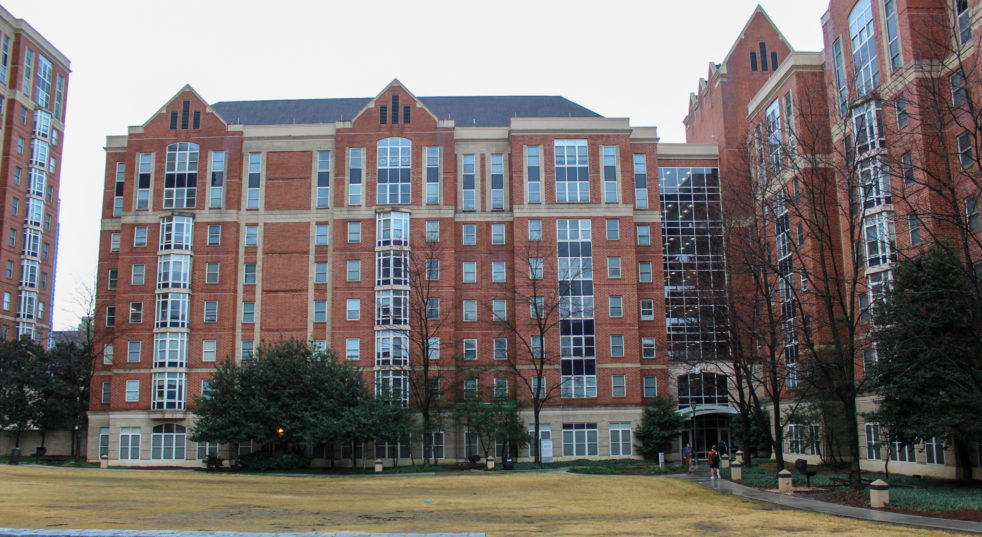One’s housing situation decisively affects sports performance, school performance and emotional health. A bad roommate, broken air conditioning, lame RA or insect infestation can play a part in destroying general well-being, bottoming out the lowest level of Maslow’s hierarchy of needs. This fragile and fickle ecosystem is especially important to student athletes who do not have the time to focus on anything else besides school and sports. While Georgia Tech provides the basic living needs most of the time — excluding Smith — there are some issues for student athletes, specifically involving community and finances that need to be addressed.
Generally, first-year students have the choice of where to live. Athletes are essentially required to live in certain dorms or apartments their first year. This is why many student athletes choose off-campus options after they finish their required time in on-campus housing.
Franco Reyes, a former student athlete comments on the situation, “Swimmers are required to live in Maulding apartments as freshmen.” Maulding is a student apartment complex located on West Campus at a cost of $4,829 per semester. Compare this to Smith dorms at $3,459, and the student athlete is at a financial disadvantage of $1,370 per year. Granted, many of the student athletes are here on scholarships, but there are many that are not.
“While I was good enough to get a scholarship, some slower swimmers had to pay for the dorms themselves — maybe they should try harder to get the scholarships next year,” said Reyes. Athletes who are already financially disadvantaged have another item to stack onto their debt. First-year football players live in North Avenue Apartments and track athletes live in Eighth Street Apartments, all of which are more expensive than standard freshmen housing.
In addition to the financial burdens, the sense of community is also another issue. Community directly translates to comradery among team members. Team bonding is the driving factor of performance for certain sports. While the student athletes live together in the same apartments, they share the floor with other non-athlete Tech students.
For example, “We had some senior honor students next to us. They were not very accepting of our loud and vibrant lifestyle. Mixing seniors with freshman is ‘wack,’” said Reyes.
Reyes describes the situation perfectly and highlights a key distinction between the “Freshman Experience” and student athlete housing. As a compromise however, Reyes would like to see that each floor of an apartment building be dominated by athletes of the same sport, so team building “would be easy.” To be acquainted with Tech, it is best to be with people who are experiencing the same transitions.
While the convenience of living close to the student athlete’s athletic facility is important, does it take away from the community that is built in freshman dorms or burden those student athletes that are financially disadvantaged? Perhaps it is time to reevaluate what it means to be a student athlete and determine what values of housing are important to the athlete’s success and college experience.
